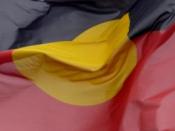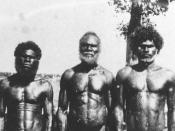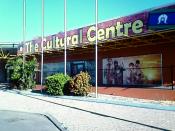TABLE OF CONTENTS
1. INTRODUCTION
2. PROJECT BACKGROUND
2.1 Program Funding
2.2 Consultation Process
3. PROJECT STRUCTURE AND FUNCTION
3.1 Program Development
3.2 Implementation of the Program
3.3 Ongoing Sexual Health Education for Aboriginal Prisoners
3.4 Phase 2
4. AIMS AND OBJECTIVES OF THE PROGRAM
5. SUCCESS OF THE PROGRAM
5.1 Evaluation of the Program
6. HOW THE PROGRAM COULD BE STRENGTHENED
6.1 Recommendations
7. CONCLUSION
8. REFERENCES
1. INTRODUCTION
The Aboriginal and Torres Straight Islander Program was developed through a project undertaken jointly by the Department of Corrective Services (DCS) and Queensland Health. According to Turgeon (199: 2), the department aimed to provide sexual health education which would be equally applicable to Queensland Aboriginal prisoners from all community backgrounds. With the knowledge that this form of education was not readily available on home communities, the program was designed with the intention that the message be taken back to the home community once prisoners had been released.
Turgeon goes on to state that the project commenced in February 1995 and was launched in December 1995. There were approximately 800 Aboriginal and Torres Strait Islander people in secure custody in Queensland when this program was being developed. This number had increased to 1100 by 1998. In 1995 approximately 50 per cent of all Aboriginal and Torres Strait Islander prisoners in Queensland were serving sentences of three years or less. At the time, all prisoners received at secure custody facilities in Queensland received mandatory routine testing for HIV, Syphilis and Hepatitis B. This practice continues.
2. PROJECT BACKGROUND
2.1 Program Funding
Funding was provided through the Commonwealth Aboriginal and Torres Strait Islander Sexual Health Services Funding Program with State funding being allocated by the Aboriginal and Torres Strait Islander Sexual Health Unit of Queensland Health. "The program cost approximately $105,000 to produce.


